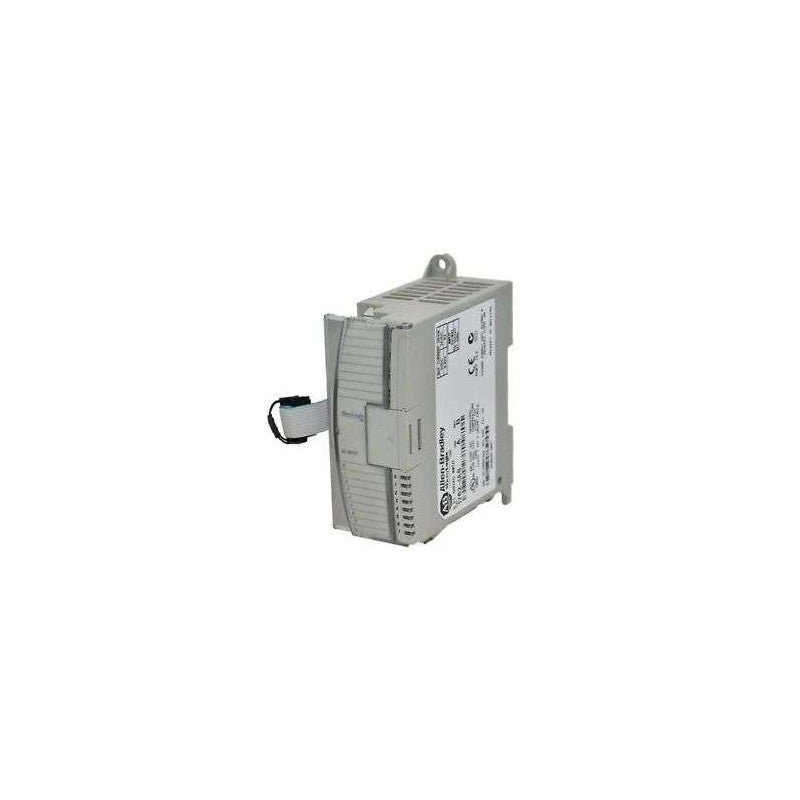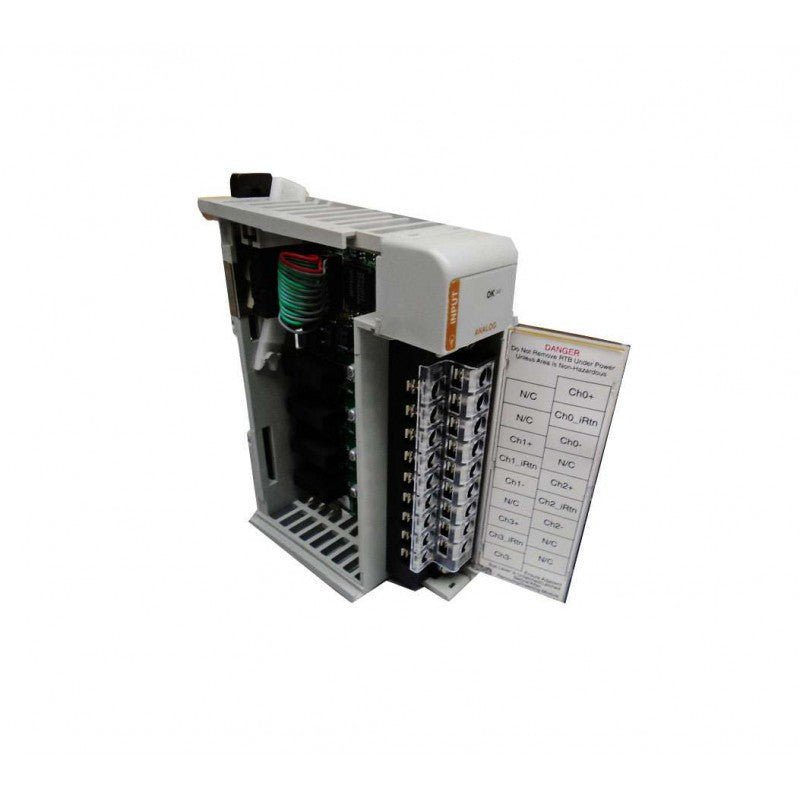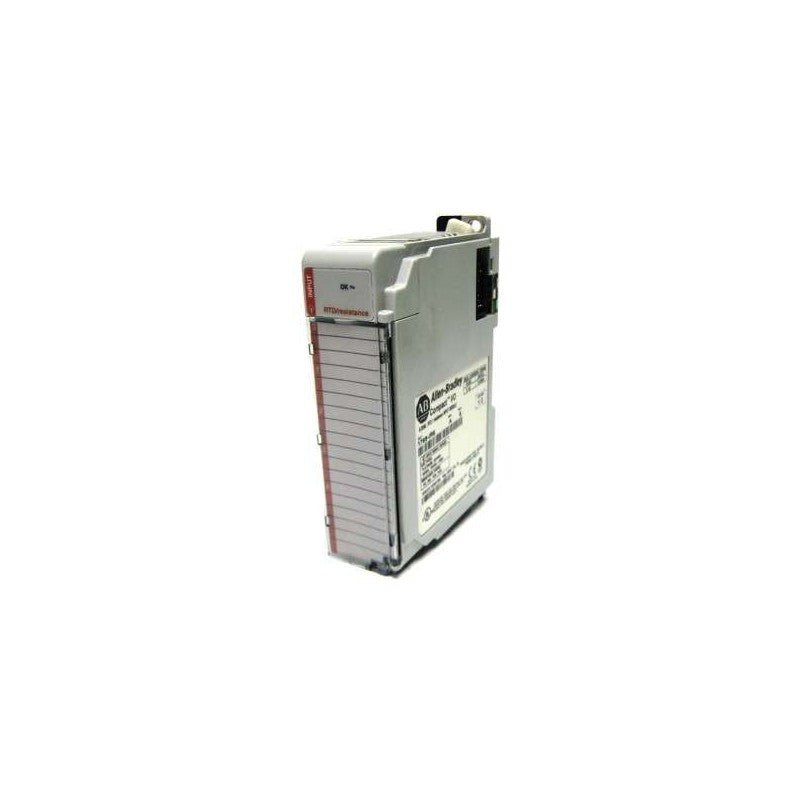1756-OB16E Allen Bradley IO Modules
Introduction
In today’s world, industrial automation has become increasingly important for businesses to stay competitive. Companies must capitalize on the latest technology to remain ahead of the curve and succeed in their industries. One such technology is Allen Bradley IO Modules, which are vital components when it comes to the control and automation of your machinery. In this blog post, we will discuss 1756-OB16E Allen Bradley IO Modules in detail. You will learn about the features and benefits of these modules as well as how they can be used to improve your machine efficiency. So read on to find out more about these incredible tools!
Overview of the 1756-OB16E IO Module
The Allen Bradley 1756-OB16E IO Module is a general purpose input/output module for the ControlLogix 5550 family of controllers. It has 16 channels, each of which can be individually configured for either input or output. The module also has an on-board processor and memory, which allows it to perform some processing tasks independently of the controller.
Specifications
The OBE Allen Bradley IO modules are used in a variety of industries for input/output applications. There are many different types of IO modules available from Allen Bradley, each with its own set of features and specifications.
When choosing an IO module for your application, it is important to consider the following factors:
-Input/output voltage range
-Maximum current rating
-Isolation voltage
-Operating temperature range
-Connector type
Installation Instructions
1. Before you begin
2. What you’ll need
3. Installing the module
4. Configuring the module
5. Testing the installation
6. Troubleshooting
1. Before you begin, review the module’s documentation and make sure that you have all of the necessary tools and materials. If anything is missing or unclear, contact the module’s support team for assistance.
2. You will need a computer with internet access, an Allen Bradley PLC, and the appropriate cables for connecting the PLC to your computer. Most modules also require a power supply, which may be included with the module or must be purchased separately.
3. To install the module, follow the instructions provided in the documentation. If you are unsure about any part of the process, please contact support for assistance.
4a. Once the hardware is installed, it must be configured before it can be used. The configuration process will vary depending on the module and your specific needs, so consult the documentation for detailed instructions.
4b (Alternative) Some modules may not require any configuration and can be used immediately after installation. Consult your module’s documentation to determine if this is the case.
5a. To test whether or not the installation was successful, run a simple program that uses input from or output to the module in question. If everything is working as expected, congratulations! If not, review the troubleshooting tips below before
Wiring Diagrams
The first step in configuring your Allen Bradley IO modules is to identify the correct wiring diagram for your system. There are four basic types of wiring diagrams: point-to-point, bus, star, and tree. Each type has its own advantages and disadvantages, so it’s important to choose the right one for your application.
Point-to-point wiring diagrams are the simplest and most straightforward way to connect IO modules. In this type of diagram, each module is connected directly to the controller with a single cable. This makes point-to-point diagrams very easy to follow and troubleshoot. However, they can become unmanageable if you have a large number of IO modules.
Bus wiring diagrams are similar to point-to-point diagrams, but instead of each module being connected directly to the controller, they are all connected to a central bus. This bus then connects to the controller. Bus wiring diagrams are more flexible than point-to-point diagrams and can be used for larger systems. However, they can be more difficult to troubleshoot since all of the modules are interconnected.
Star wiring diagrams are similar to bus wiring diagrams, but instead of a central bus, each module is connected to a central node. The node then connects to the controller. Star wiring diagrams provide good flexibility and can be used for large systems. However, like bus wiring diagrams, they can be more difficult to troubleshoot since all of the modules are interconnected.
Troubleshooting
If you’re having trouble with your Allen Bradley IO modules, there are a few things you can try to troubleshoot the issue.
First, check to make sure that the modules are properly powered and connected. If they’re not, that could be the cause of the problem.
Next, check the status of the modules using either the Rockwell Automation Software or the Device Manager in Windows. If the modules are not showing up as online or if there is an error message associated with them, that could be indicative of a problem.
If you’re still having trouble, try resetting the modules by power cycling them or by using the reset button on the module itself.
If none of these troubleshooting steps resolve the issue, contact Rockwell Automation for technical support.
FAQs
Q: What is an Allen Bradley IO Module?
A: An Allen Bradley IO Module is a type of input/output module used in industrial applications. It provides inputs and outputs for devices such as sensors, actuators, and controllers.
Q: What are the benefits of using an Allen Bradley IO Module?
A: There are many benefits of using an Allen Bradley IO Module. Some of these benefits include improved system performance, increased flexibility, and reduced wiring costs. Additionally, Allen Bradley IO Modules can provide diagnostic information that can be used to troubleshoot problems with the system.
Q: How do I choose the right Allen Bradley IO Module for my application?
A: There are a few factors to consider when choosing an Allen Bradley IO Module. These factors include the number of inputs and outputs required, the type of devices that will be connected, and the specific features that are needed for the application.













Reviews
There are no reviews yet.